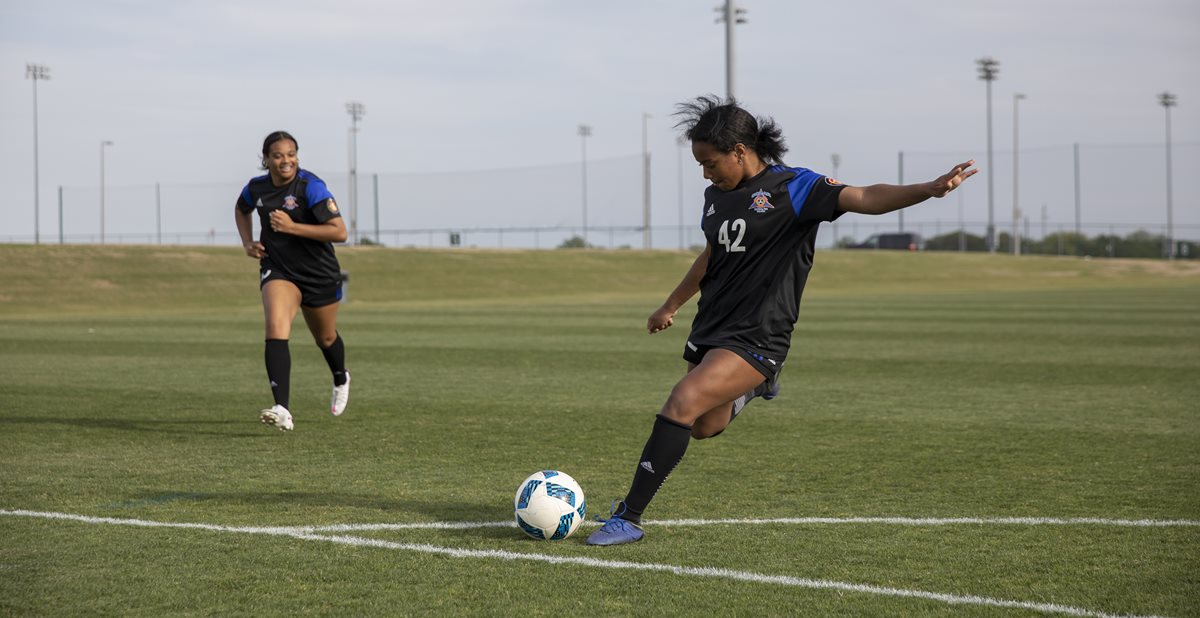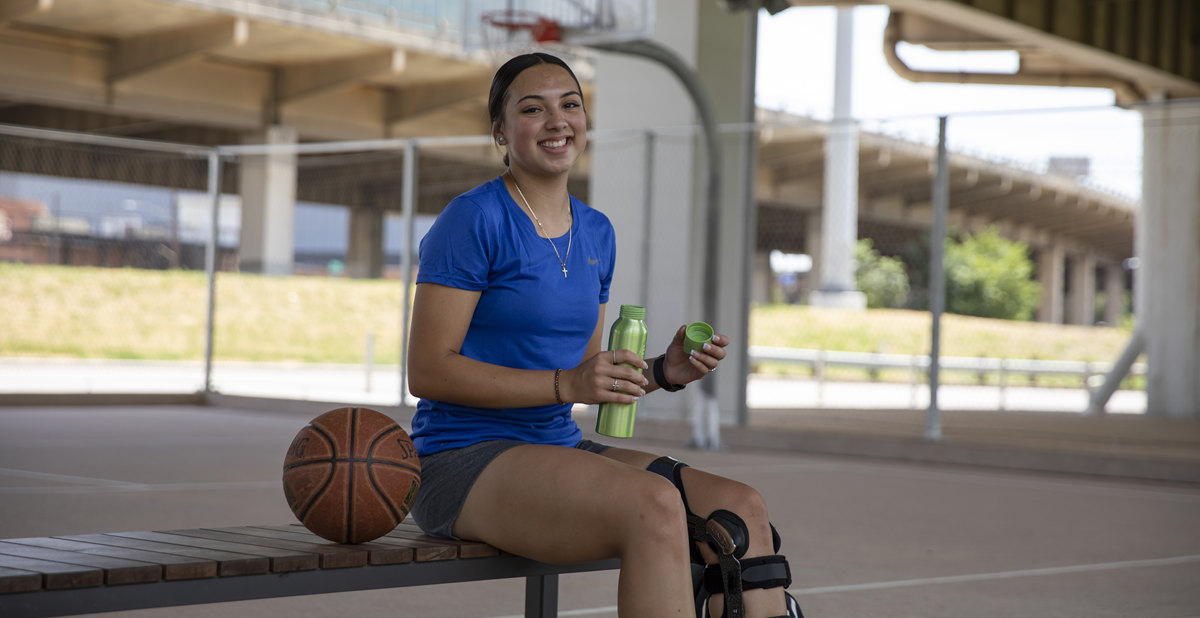When an injury occurs to a young athlete’s bones, ligaments and muscles in their hand, an evaluation is needed. A properly treated hand injury will most likely heal without complications. In basketball and volleyball, fingers are at an increased risk of injury due to...













